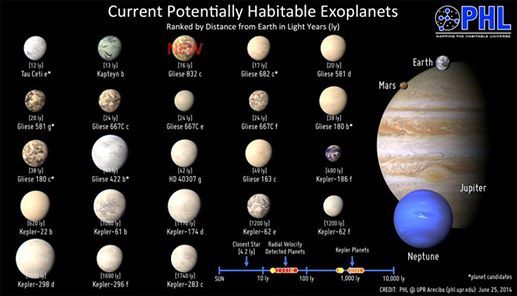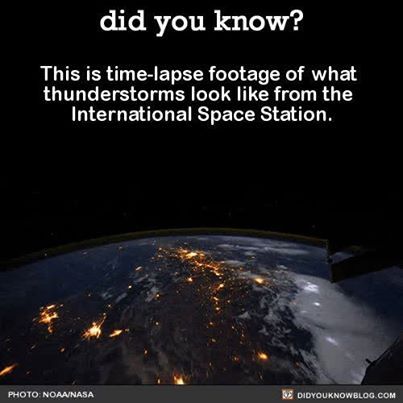In a study published in the latest issue of Science, astronomers led by graduate student Huan Meng, of the University of Arizona in Tucson, announced the discovery of remains of a mammoth planetary collision.
The team made its observations using NASA’s Spitzer Space Telescope and several different ground-based instruments. The collision occurred between two planets orbiting a sunlike star called NGC-2547 ID8, which lies about 1,140 light-years from the earth. The star is a young one, with a system of planets still in the process of formation. The collision, which may have occurred as recently as two years ago, left a ring of dust and debris circling the star.
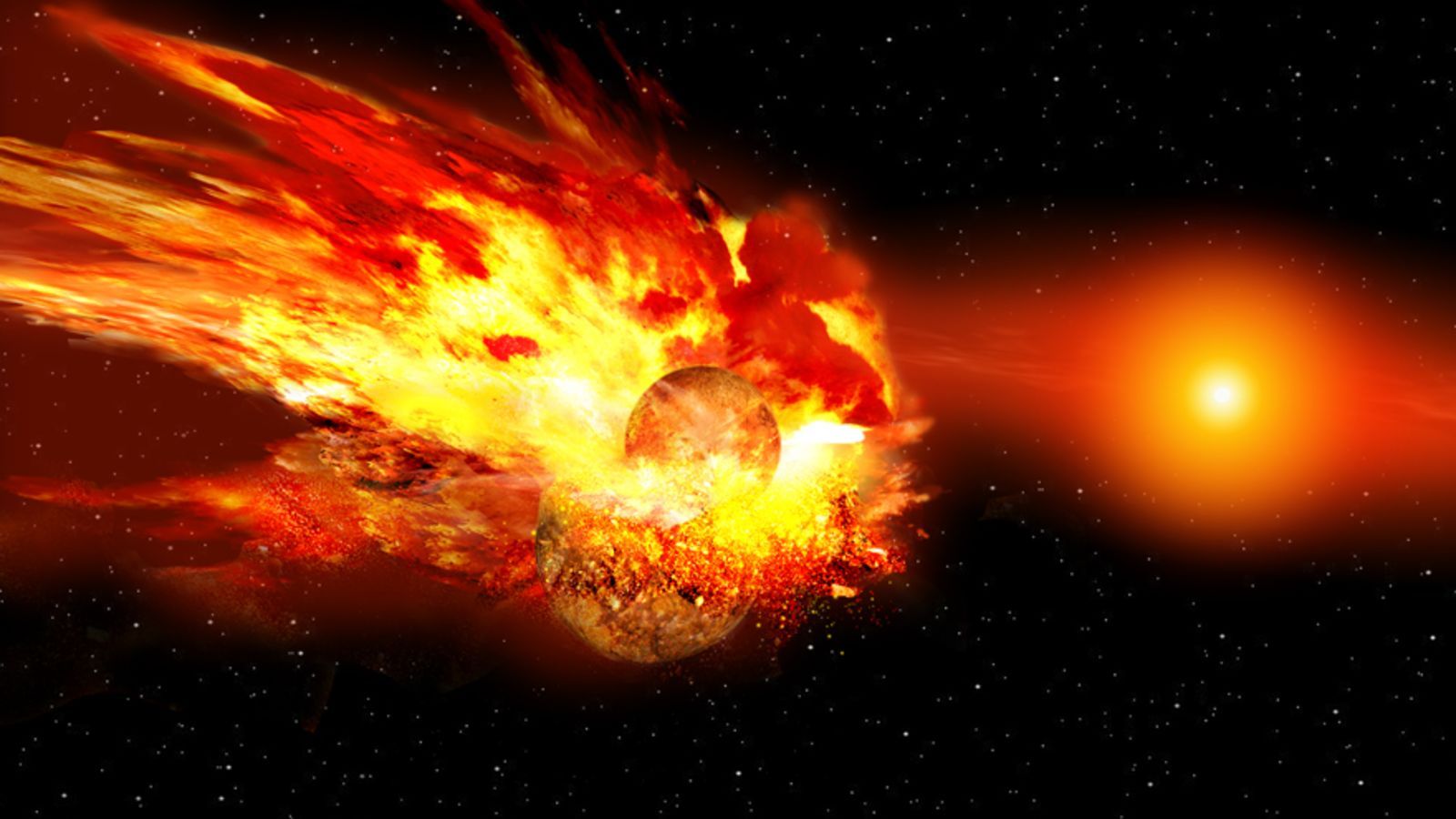
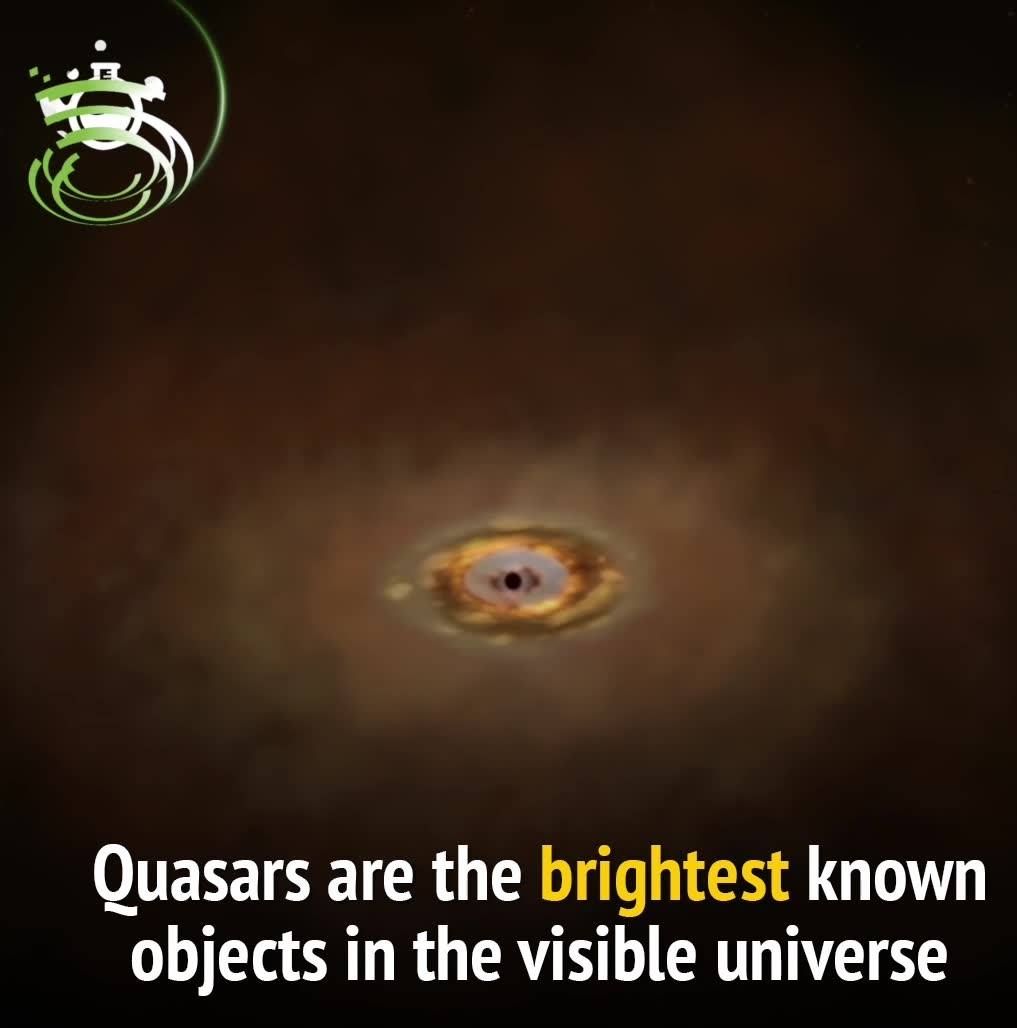
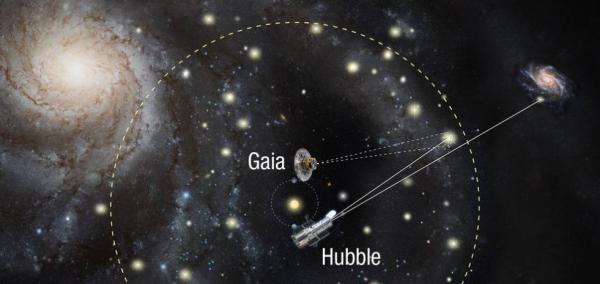
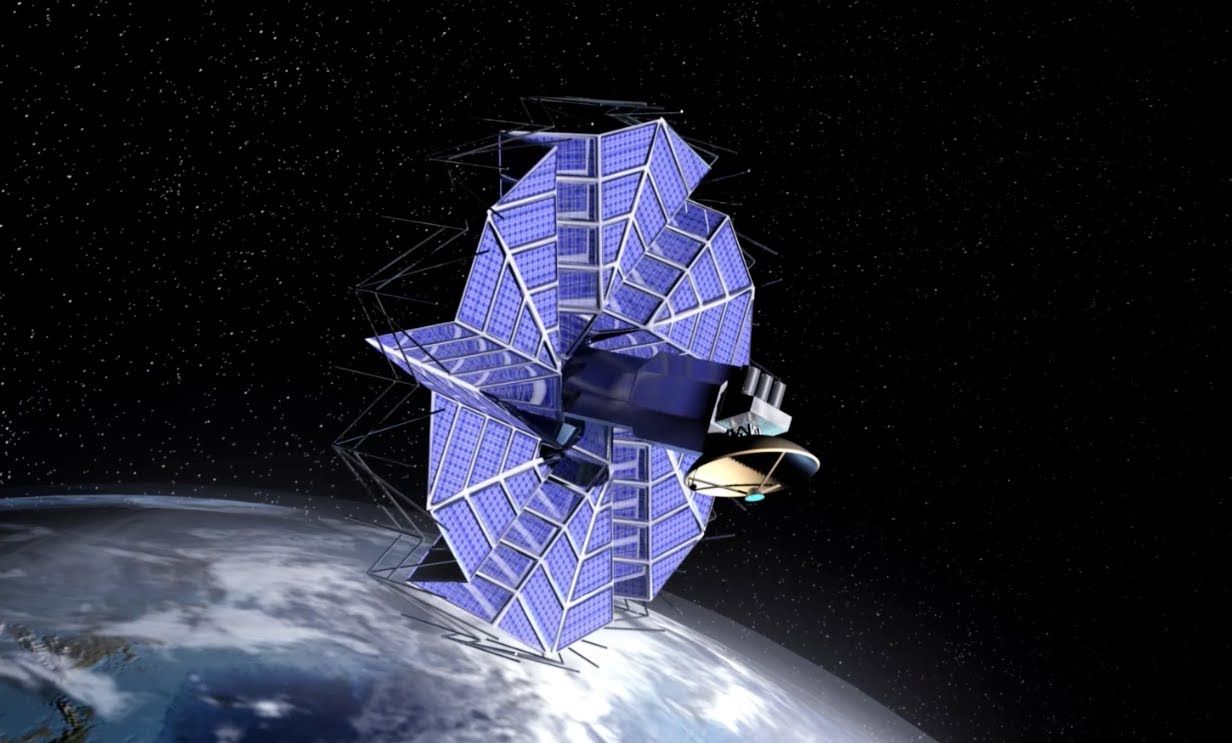
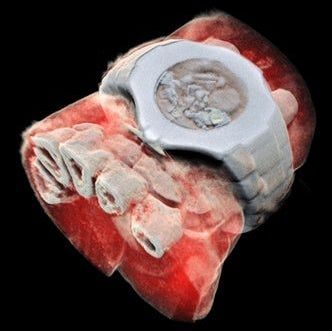

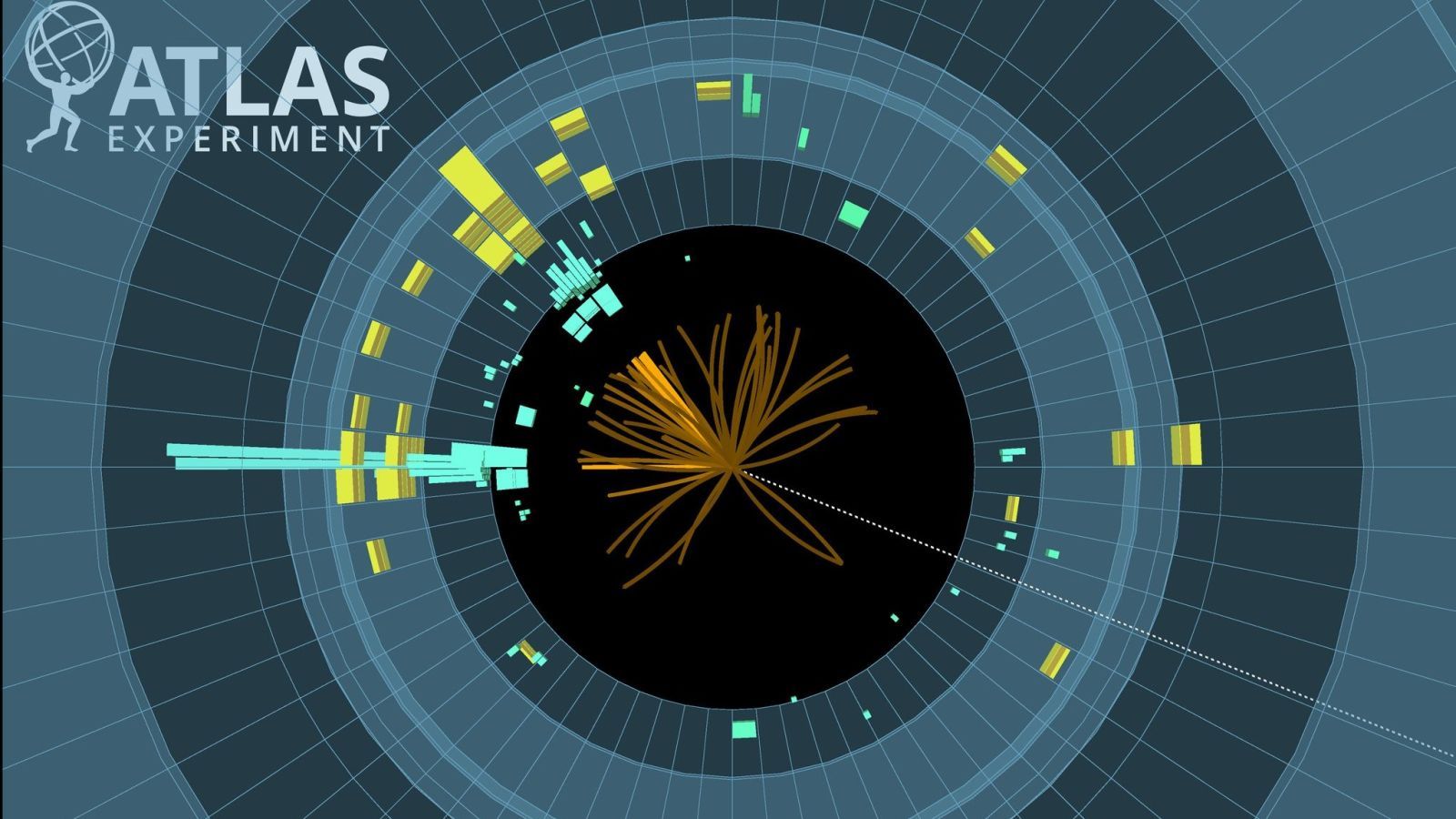
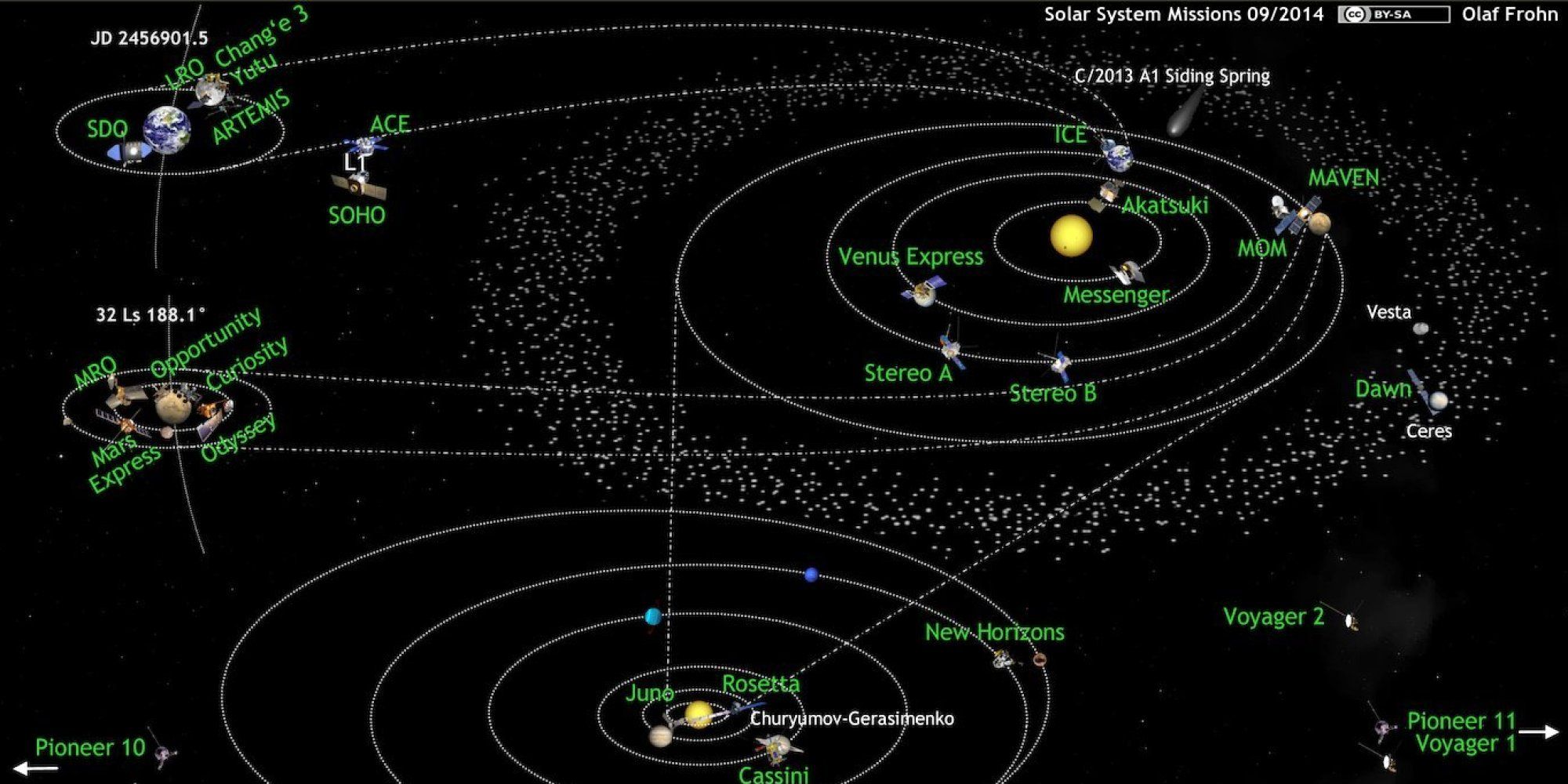
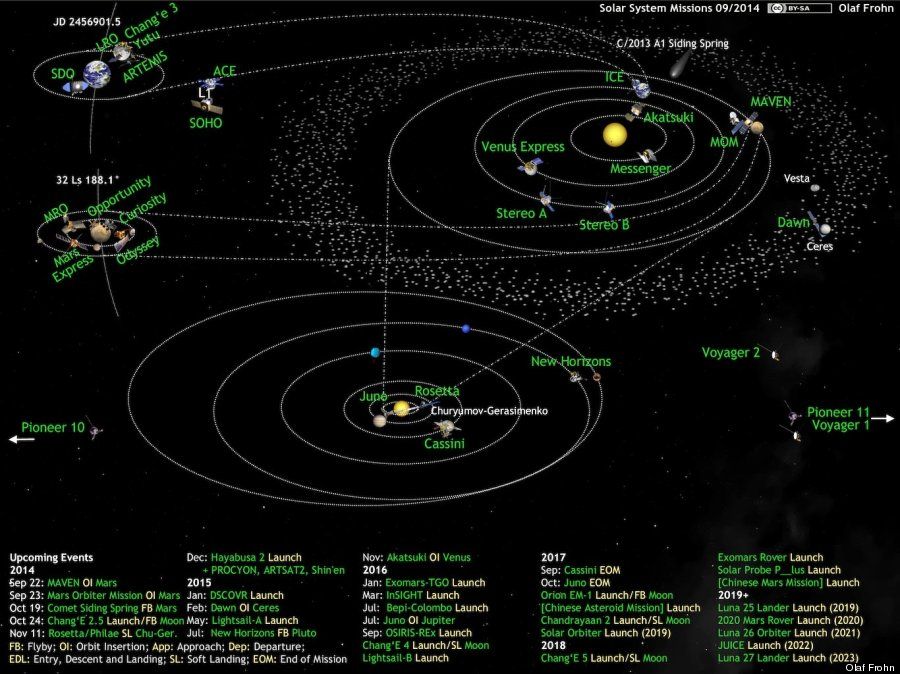 A diagram, updated once a month, of active space missions beyond Earth orbit.
A diagram, updated once a month, of active space missions beyond Earth orbit.